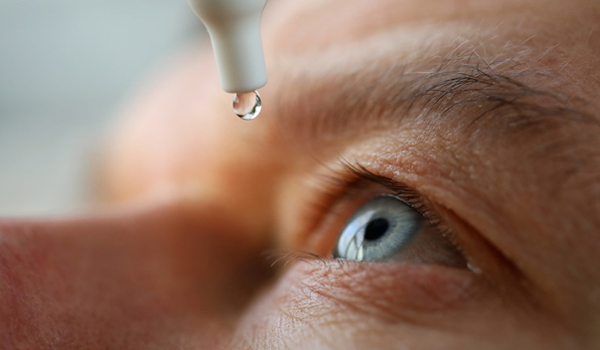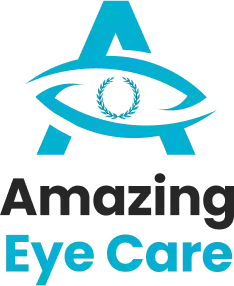
At Amazing Eye Care, our certified optometrist is skilled in diagnosing and treating glaucoma. With the use of advanced technology like the Optomap Daytona, we are able to detect early signs of glaucoma through thorough screening and annual scans.
Learn about the various tests eye doctors use to accurately diagnose glaucoma. A comprehensive evaluation includes assessing eye pressure, cornea thickness, and optic nerve health. This article explains the essential assessments and tests needed for a proper glaucoma diagnosis.
Risk Factor Assessment
- Age over 60
- Ethnic background, such as African or black Caribbean descent, Hispanic, or Asian
- Family history of glaucoma (e.g., a sibling or parent with glaucoma)
- History of eye conditions, injuries, or surgeries
- Prolonged corticosteroid use (eye drops, pills, inhalers, or creams)
- Chronic conditions affecting blood flow, such as migraines, diabetes, low blood pressure, or hypertension
- Current or former smoking status
For those who have undergone a comprehensive eye exam, additional factors considered include:
- Elevated eye pressure (above 21 mm Hg)
- Thin corneas (less than 500 um)
Common Glaucoma Tests
Tonometry
Ophthalmoscopy
Additional Glaucoma Tests
Perimetry
Gonioscopy
Pachymetry
Optic Nerve Examination
The optic nerve can be easily examined using an ophthalmoscope in a clinic. It exits through the back of the eye and is composed of over one million individual nerve fibers that originate in the retina. These fibers travel to different parts of the brain. When looking into the eye, the optic nerve is seen end on, and the nerve fibers can be faintly observed fanning out onto the retina.
In a normal state, the optic nerve head resembles a doughnut, with the outer ring made up of nerve tissue. The central nerve head contains a hole called the optic cup, which is the empty space left after the nerve fibers spread into the retina. In cases of glaucoma, the nerve fibers become damaged and deteriorate, resulting in a larger cup or hole in the doughnut shape.
A healthy optic nerve head typically has a thick outer ring of nerve tissue surrounding a small optic "cup" in the center. However, in cases of glaucomatous optic nerve damage, the outer ring becomes thin and the "cup" enlarges, indicating the loss of nerve fibers. While various diseases can affect the optic nerve, the distinct appearance caused by glaucoma allows ophthalmologists to identify its presence.

